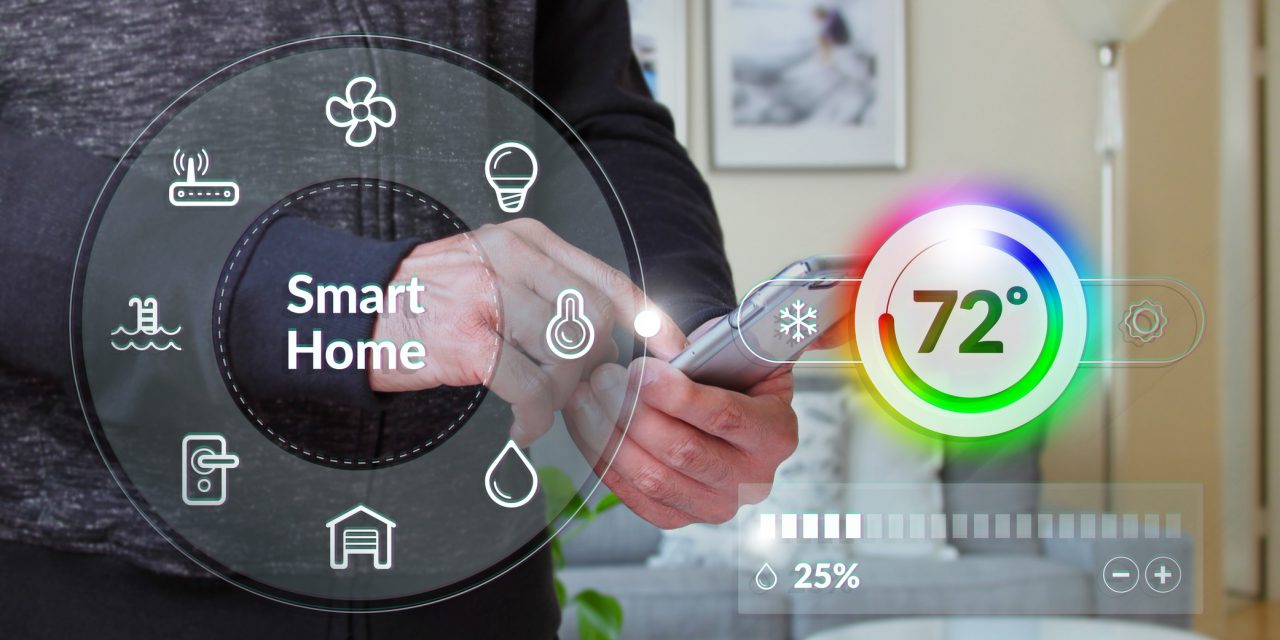Smart thermostats like Nest, EcoBee and Honeywell’s version of the smart thermostat are becoming increasingly popular and even showing up in home listings.
Smart thermostats can benefit a homeowner in two stages, through:
- reducing utility costs over the course of homeownership; and
- increasing the home’s attractiveness to buyers when listing.
How does a smart thermostat reduce energy costs?
The biggest source of a homeowner’s utility costs are a home’s heating and cooling systems. Smart thermostats can help homeowners reduce these costs, but is the cost of installation worth the savings?
A regular programmable thermostat allows a homeowner to set a schedule for heating and cooling, and a smart thermostat goes a few steps further by:
- showing the homeowner how long it takes to heat or cool the home to the requested temperature;
- allowing the homeowner to adjust the thermostat remotely;
- show how energy savings add up in real time;
- learn from the homeowner’s behavior and adjust accordingly;
- working with some voice-controlled devices like Amazon’s Alexa; and
- sense and adjust according to the home’s humidity levels.
What is the cost?
Smart thermostats typically cost around $200-$500 to purchase. One of the most popular smart thermostats, Nest, costs $250. Do-it-yourself-ers can save money by installing their own smart thermostat, but some models require a professional installation, which will cost additional money.
What are the savings?
Nest claims to save the average homeowner 10%-15% on their heating and cooling bills. It claims to pay for itself within two years of installation.
Does a smart thermostat help when selling?
While no conclusive evidence exists to prove a smart thermostat increases a home’s value, installing a smart thermostat can make a home more attractive to homebuyers, if marketed appropriately. A smart thermostat is particularly value-adding when it’s a part of a larger system of energy efficiency, which may include:
- EnergyStar appliances;
- energy-efficient lighting;
- tankless water heater;
- solar panels; and
- EnergyStar windows and doors.
However, unless you’re going to install a smart thermostat as part of a “green” or “smart home” marketing strategy, you’re probably better off investing the money elsewhere.














